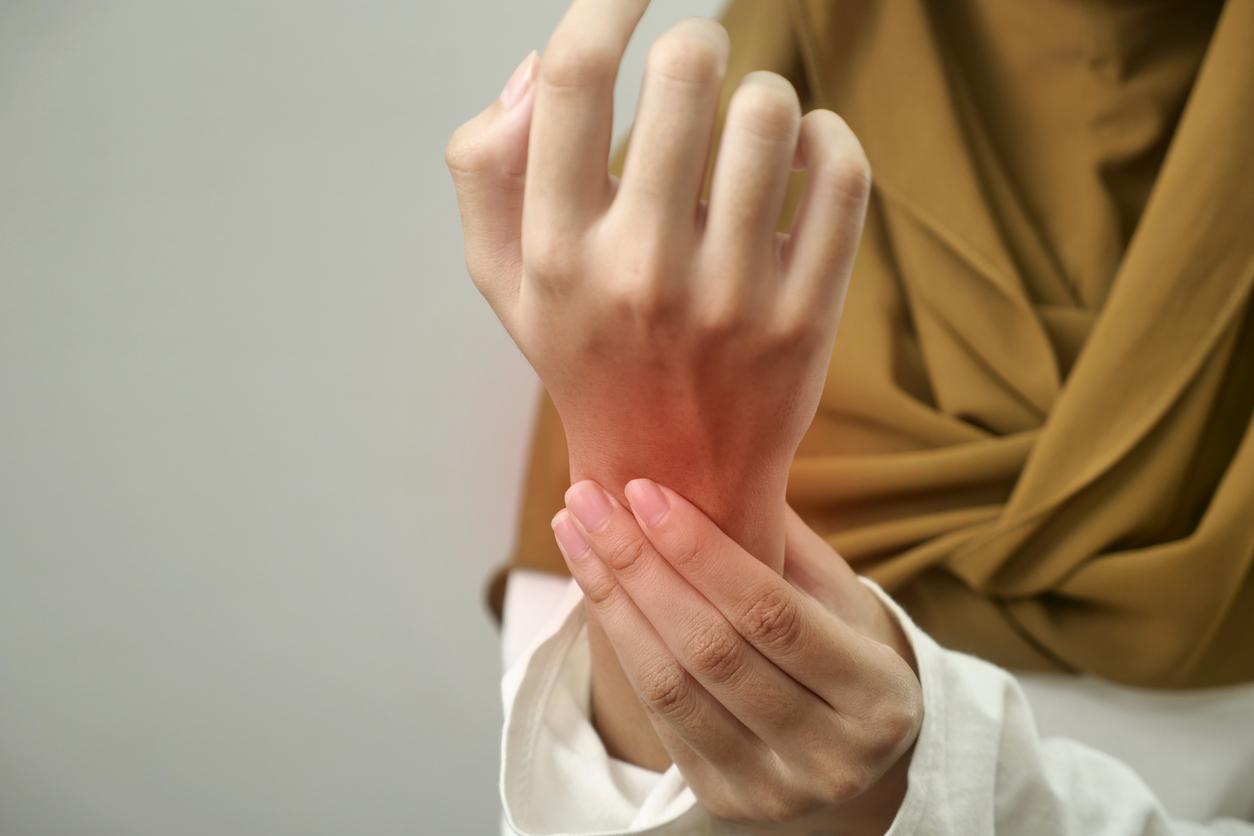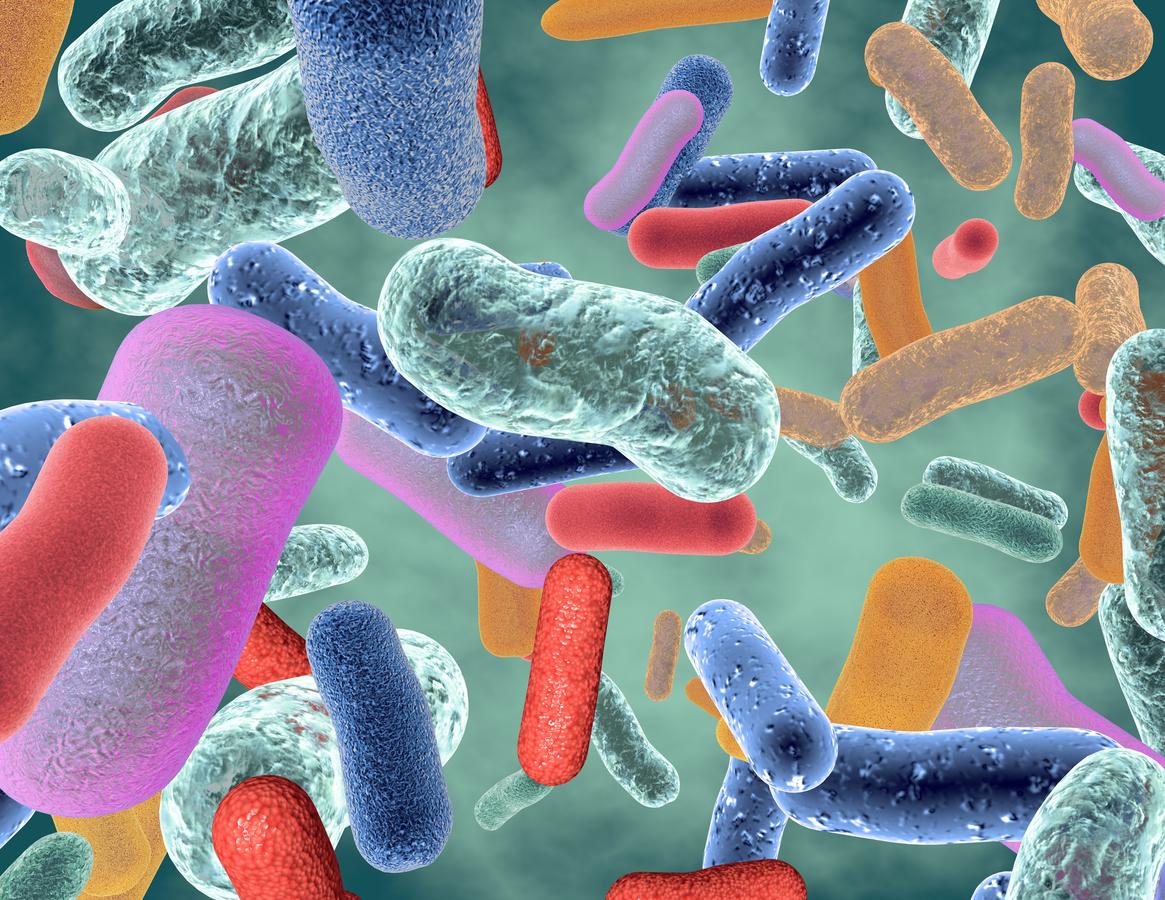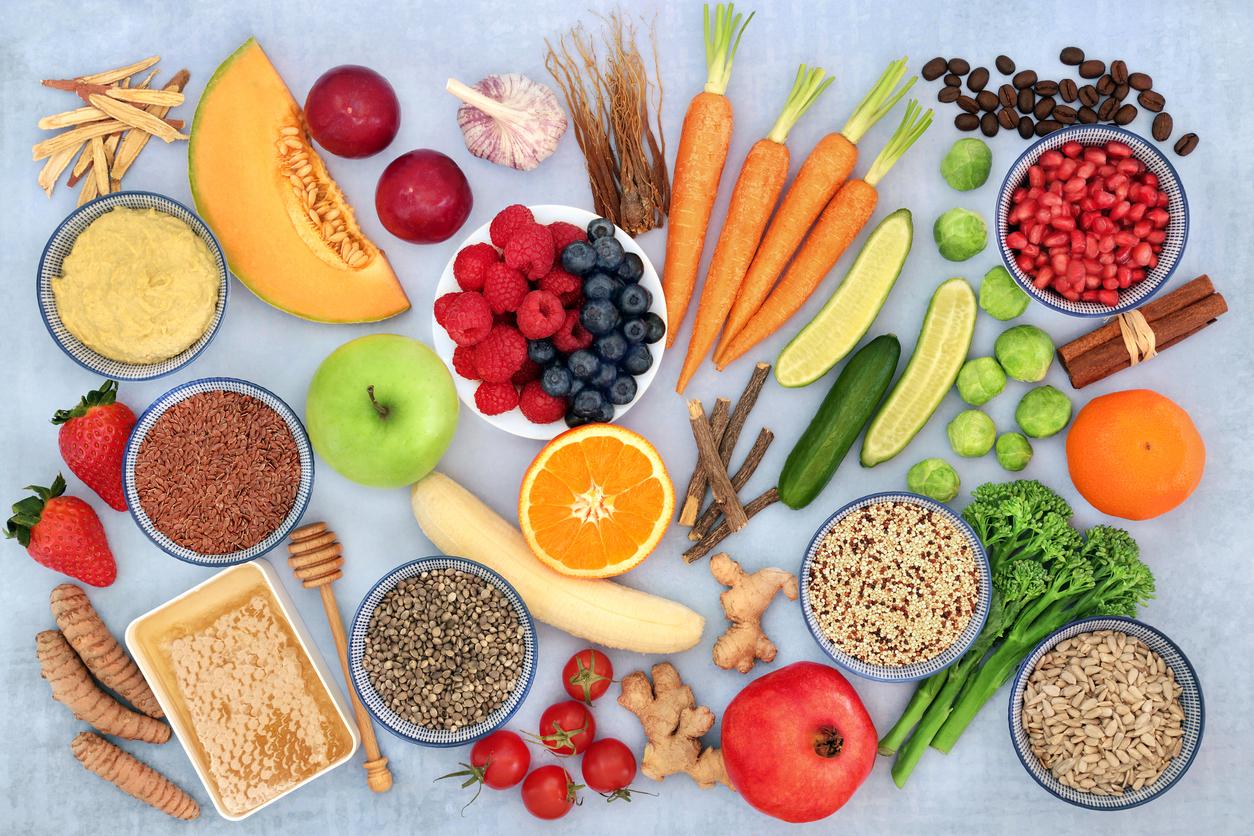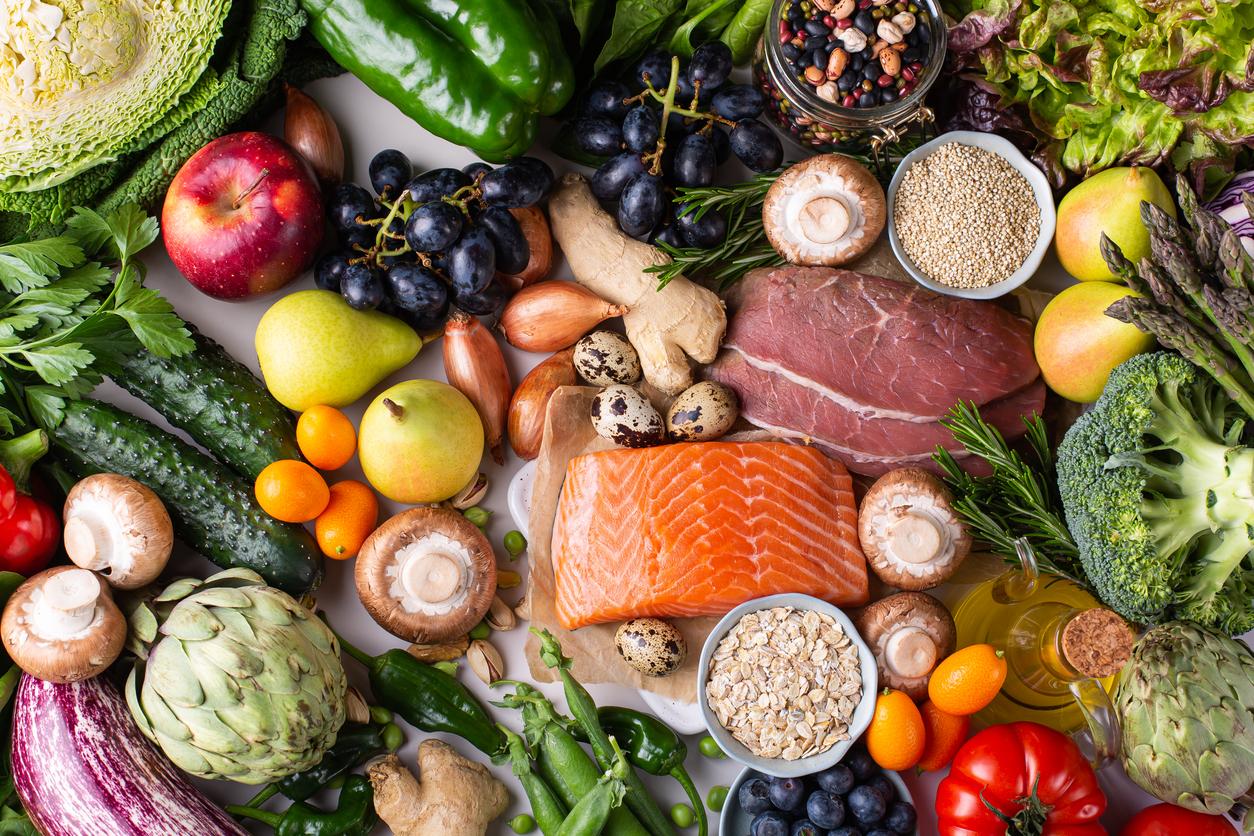Polycyclic aromatic hydrocarbons (PAHs) generated by cooking foods are strongly associated with an increased risk of rheumatoid arthritis.

- Polycyclic aromatic hydrocarbons (PAHs) increase the risk of developing rheumatoid arthritis.
- These chemicals can come from tobacco consumption, but they are also formed during barbecues, more specifically during the flame cooking of meat and other foods.
- A single PAH, called hydroxynaphthalene, was strongly associated with a higher risk (80%) of suffering from this inflammatory and chronic joint disease.
Who says longer, hot and sunny days, also says the return of the barbecue season. But beware, these devices, used to grill food in the open air and generally running on charcoal, could release chemicals, called “polycyclic aromatic hydrocarbons (PAHs)”. These particles, which can also come from the consumption of tobacco, are formed during the combustion of substances, such as coal, oil, gas and wood, as well as during the flame cooking of meat and other foods. According to researchers at the Cleveland Clinic, they would increase the risk of developing rheumatoid arthritis.
Measure the amount of polycyclic aromatic hydrocarbons in the body
To reach this conclusion, the scientists carried out a study published in the journal BMJ Open. They recruited 21,987 people, including 1,418 patients who had rheumatoid arthritis and 20,569 adults who did not. Blood and urine samples were taken to measure the total amount of polycyclic aromatic hydrocarbons, chemicals used in the manufacture of plastics and various consumer products, and volatile organic compounds (VOCs) in the body .
Barbecues: hydroxynaphthalene is linked to a higher risk of rheumatoid arthritis
According to the results, the risk of developing rheumatoid arthritis was increased in participants with the highest levels of PAHs, regardless of whether they were former or current smokers. After controlling for other factors, including dietary fiber intake, physical activity, smoking, income, education level, age, sex, and weight of the volunteers, a single HAP , called hydroxynaphthalene, was strongly associated with a higher risk (80%) of developing this inflammatory and chronic joint disease. Further analysis showed that the level of PAHs detected in the body accounted for 90% of the total effect of smoking on the risk of rheumatoid arthritis, according to the authors.
“Polycyclic aromatic hydrocarbons are ubiquitous in the environment”
“To our knowledge, this is the first study to show that PAHs not only drive most of the links between smoking and rheumatoid arthritis, but also contribute independently. This is important because polycyclic aromatic hydrocarbons are ubiquitous in the environment, come from a variety of sources, and are mechanically bound through the aryl hydrocarbon receptor.(…) While PAH levels tend to be higher in adult smokers, other sources of exposure to PAHs include indoor environments, motor vehicle exhaust, natural gas, smoke from wood or coal fires, fumes from paved roads, and consumption of grilled or grilled foods. charred”, concluded the team in a statement.

















